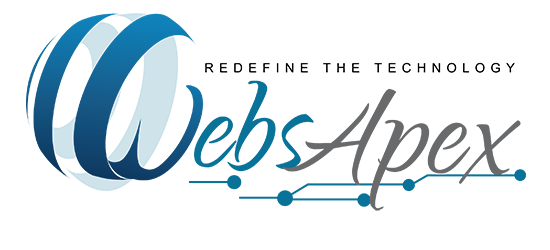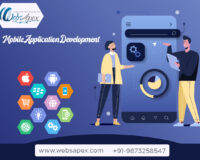The world of software development is constantly evolving, and staying ahead of the curve is crucial for businesses and developers alike. As we look toward 2025, numerous advancements are set to redefine the way we approach software development. Emerging technologies such as Artificial Intelligence (AI), Machine Learning (ML), Cloud Computing, and Microservices are not just influencing but actively shaping the future of the industry.
In the past few years, we’ve witnessed significant shifts in how applications are built, deployed, and maintained. Traditional software development practices have given way to more agile and dynamic methodologies. The rapid adoption of Agile and DevOps has paved the way for faster delivery, improved collaboration, and more efficient development processes. By 2025, we expect these trends to continue evolving, with even more emphasis on automation and collaboration.
1. Artificial Intelligence and Machine Learning Integration
One of the biggest trends that will continue to shape the software development landscape is the integration of Artificial Intelligence (AI) and Machine Learning (ML) into development tools and processes. AI-driven coding assistants, like GitHub Copilot, are already helping developers write code more efficiently, while ML algorithms are being used to identify bugs, predict issues, and automate various aspects of the development lifecycle.
In 2025, expect AI and ML to be even more embedded in software development workflows. Developers will leverage AI for automated testing, deployment, and monitoring, allowing teams to focus more on innovation and less on repetitive tasks. This will result in faster software development cycles, increased efficiency, and more robust software solutions.
2. Cloud-Native Development
Cloud-native applications are already revolutionizing how we think about building and deploying software. As businesses move away from traditional on-premise solutions, cloud-native development will continue to grow in importance. The shift to cloud computing allows for faster development, easier scaling, and more flexible infrastructure.
By 2025, we anticipate that cloud-native technologies, including containers, Kubernetes, and serverless computing, will be widely adopted. These tools provide developers with the ability to build and deploy applications quickly while reducing the complexity of managing infrastructure. For businesses, this means lower operational costs, enhanced security, and the ability to scale resources dynamically based on demand.
3. Microservices Architecture
The trend of adopting microservices architecture is set to continue in 2025. Microservices, which break down applications into smaller, independent components, make it easier for teams to develop, test, and deploy different parts of an application simultaneously. This architecture offers improved flexibility, scalability, and faster time-to-market.
As businesses continue to grow and the demand for more agile systems increases, microservices will become the preferred approach for developing large-scale, distributed applications. This approach will enable businesses to introduce new features and functionalities with minimal impact on the existing system, ensuring that software can evolve rapidly to meet changing market demands.
4. Low-Code and No-Code Development
Another trend to watch in 2025 is the increasing adoption of low-code and no-code development platforms. These platforms allow non-technical users to build applications with little to no coding knowledge, enabling more people to participate in the development process. While low-code and no-code platforms have been around for some time, their use is expected to grow rapidly in the coming years as businesses seek to streamline the development process and democratize application development.
These platforms will allow businesses to quickly prototype ideas, automate processes, and create custom applications without relying heavily on traditional development teams. This democratization of software development will lead to faster innovation and reduced time-to-market.
5. Security-First Development
With increasing data breaches and cybersecurity threats, security-first development practices will become even more critical. By 2025, it is expected that businesses will integrate security features directly into the development process from the very beginning. DevSecOps, the practice of integrating security into the DevOps pipeline, will become the standard for development teams.
At WebsApex, we understand the importance of building secure applications, and we are committed to ensuring that security is at the forefront of the software development process. By embedding security in every phase of development, businesses can proactively address vulnerabilities and mitigate risks before they become problems.










Leave a Comment